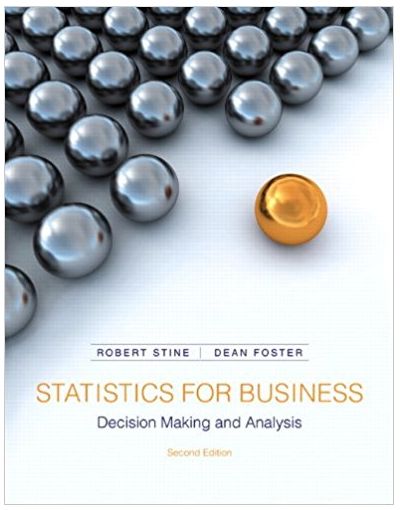The Organization for Economic Cooperation and Development (OECD) tracks various summary statistics of the member economies. The
Question:
(a) Describe the association in the scatterplot of GDP on Trade Balance. Does the association in this plot move in the right direction? Does the association appear linear?
(b) Estimate the least squares linear equation for GDP on Trade Balance. Interpret the fitted intercept and slope. Be sure to include their units. Note if either estimate represents a large extrapolation and is consequently not reliable.
(c) Interpret r2 and se associated with the fitted equation. Attach units to these summary statistics as appropriate.
(d) Plot the residuals from this regression. After considering this plot, does se provide an adequate summary of the residual variation?
(e) Which country has the largest values of both variables? Is it the country that you expected?
(f) Locate the United States in the scatterplot and find the residual for the United States. Interpret the value of the residual for the United States.
Fantastic news! We've Found the answer you've been seeking!
Step by Step Answer:
Related Book For 

Statistics For Business Decision Making And Analysis
ISBN: 9780321890269
2nd Edition
Authors: Robert Stine, Dean Foster
Question Posted:





